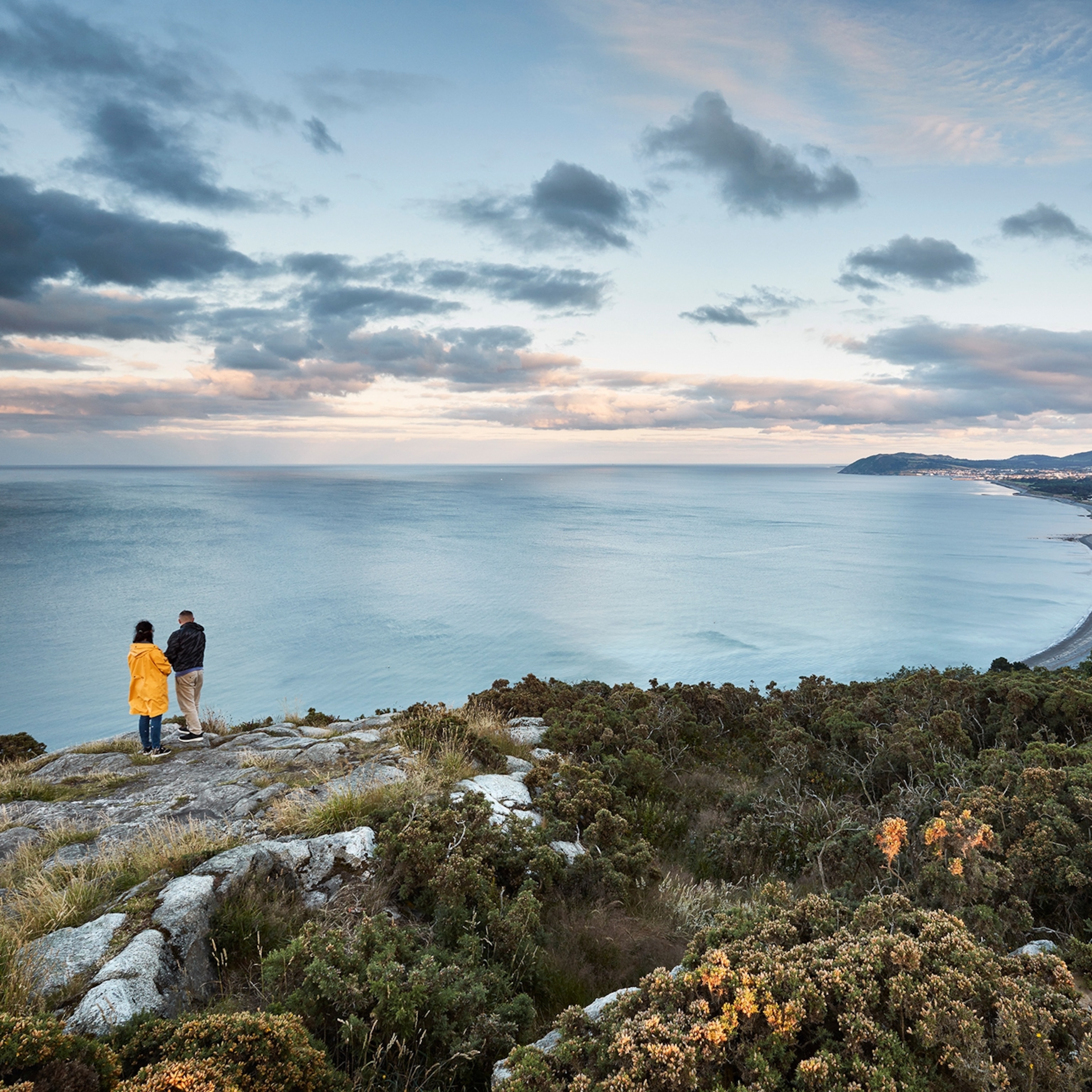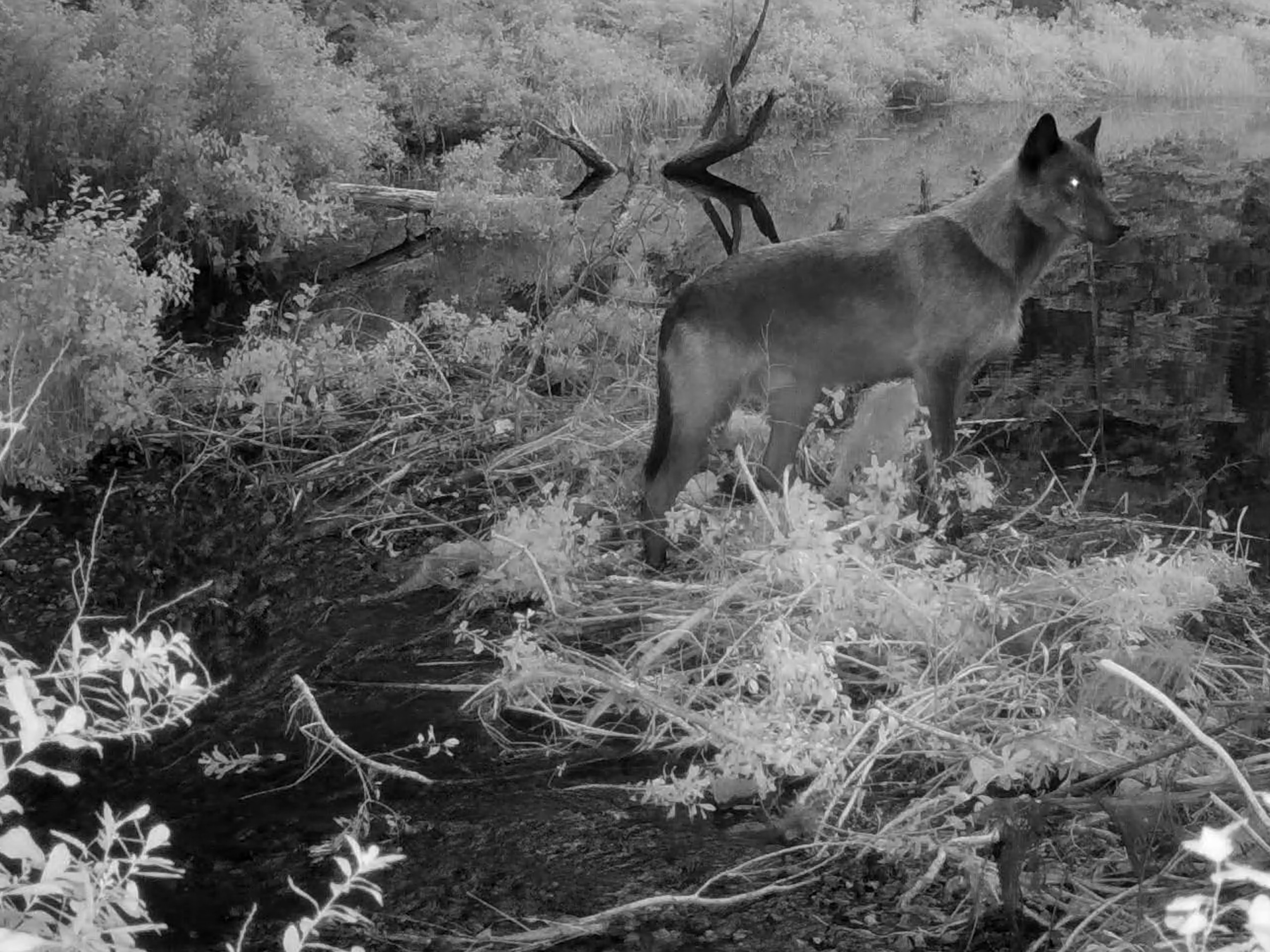When scientist Wen Jun Cai and his colleagues boated across the pea-soup-like waters of the upper Chesapeake Bay in the summer of 2016, water sampling kits and pH sensors in hand, they didn’t expect to find chemical magic at play.
The scientists were taking stock of a looming problem facing the 200-mile-long bay: the acidification of its waters, a human-caused phenomenon that threatens the health of the crabs, oysters, and fish iconic to the large estuary.
They started collecting their samples in the recently restored, vibrant underwater grass beds of the Susquehanna Flats near the top of the bay, and motored their way some 60 miles downstream to the deep central channel.
When they rounded up their hundreds of data points and analyzed them, they found evidence of something surprising and encouraging: Gently waving seagrasses in the bay are performing a magnificent chemical trick. As they photosynthesize in the beating sunshine, they produce tiny granules of a carbon-based mineral that acts like a miniature antacid tablet.
And those acid-neutralizing “micro-Tums” don’t stay put. They’re swept miles down the length of the bay, eventually dissolving into the deepest waters, which have long been soured by acidification caused by human sources like agricultural runoff and untreated waste.
“It’s like the seagrasses are producing antacids that counter the indigestion of the bay,” says Jeremy Testa, a marine ecologist at the University of Maryland and an author of the paper in Nature Geoscience describing the newly discovered phenomenon.
Without this acid-neutralizing trick, the bay’s waters and shelled creatures would be even more vulnerable to the human-caused threats, he says.
Acid waters run deep
The Chesapeake gets its name from the Algonquin word for "great shellfish bay." For thousands of years, its rich ecology depended on the ways its shellfish, grasses, fish, and other species interacted; each influenced the chemistry and biology of the others, in a delicate biological dance.
Seagrasses and other underwater plants packed the bay’s shallows, stilling and smoothing the surrounding water, leaving it clear and clean for baby fish, crabs, and shellfish to populate. Vegetation stabilized the muddy bottom during storms. And it absorbed the brunt of wind and waves, protecting shorelines against erosion.
But as more and more people populated the land around the bay, the grasses took hit after hit. A steady flow of nitrogen-rich pollutants overloaded the waters; the grasses and other underwater plants died off en masse. Between the 1950s and 1980s, vegetation coverage across the bay plummeted. Only 10 percent of sites in the upper bay had vegetation when they were surveyed in 1980.
The nutrient overload also spurred enormous, suffocating algal blooms at the water’s surface. When such blooms happen, the algae die off and sink to deeper water, where they’re eaten by bacteria that use up any oxygen in the water and breathe out carbon-rich acid waste, creating “dead zones.” Almost nothing can survive in such corrosive waters. Worse, during strong winds or at certain times of the year, currents can sweep that deep, super-acidic water into places populated by creatures like oysters and crabs, potentially eroding their ability to maintain their calcium-carbonate based shells.
“Acidified waters can be really challenging for oysters, especially in their larval stage,” says Allison Colden, a biologist with the Chesapeake Bay Foundation.
In other coastal regions, particularly along the U.S. West Coast, acidification has already damaged shellfish populations, thinning their shells and messing with their offspring’s ability to mature. But scientists aren’t totally sure if those same effects have hit the East Coast. In estuaries like the Chesapeake, natural acid levels vary a lot, so shell-forming creatures have a built-in ability to deal with some amount of ups and downs. The worry, for some scientists, is that there might be a tipping point beyond which the iconic species of the bay might not be able to adjust.
“We don’t have enough data anywhere in the world to tell us exactly how those creatures are going to meet the thresholds of acidification,” says Doug Myers, a scientist also with the Chesapeake Bay Foundation.
They’re particularly concerned because there’s another force, besides nutrient overloading, that’s making the bay’s water more acidic: human-caused burning of fossil fuels. That leads to the buildup of carbon dioxide in the air, which gets pulled into the surface waters as ocean and air make their way toward equilibrium, where it dissolves and makes the water more acidic.
During the early 2000s, states bordering the bay collaborated to rein in polluting runoff, putting the bay a “nutrient diet—” and in response, it began to heal. Old seagrass seeds, long buried in the gooey sediments, started to sprout as the water above them cleared. By the mid-2010s, underwater vegetation covered expanded over an extra 65 square miles of the Bay, more than 300 percent more area than was covered in the 1980s.
Those grasses, like the ones in the Susquehanna Flats, can offset some of the acidity. But they’ll have to work harder and harder as carbon dioxide concentrations in the atmosphere grow.
“This is one of the big questions for us all,” says Emily Rivest, a biologist at the Virginia Institute of Marine Science. “What’s going to happen to our oysters, our blue crabs, all the things that live in our waters, as the waters get more acidic?”
Grasses to the rescue
It’s obvious just from looking at the Susquehanna Flats that they’re doing something special, Testa says. Outside the beds, the water often looks pea-green. But inside, it’s crystal clear and much warmer than the water outside the Flats. When they looked closely, they found that even the chemistry was different.
As they photosynthesize, seagrasses and other vegetation pull particular forms of carbon out of the surrounding water, making that water less acidic. They use some of that carbon to build their plant bodies, but turn some of it into tiny crystals of calcium carbonate, a chemical variant on the material that shells are made of. The plants hoard these crystals—which are essentially tiny antacids—both inside and on the surface of their leaves.
The crystals are big enough to feel with your fingers, like a fine grit coating the leaves, says Myers. When a grass dies, it disintegrates, releasing the built-up crystals from its inside as well as out.
The crystals make a big difference for the water chemistry and biology up near the Susquehanna Flats. But they also make a big difference far downstream, demonstrating with unusual clarity how interconnected the ecology of the bay can be. In total, the team calculated, the seagrass-sourced crystals reduced the acidity of the down-bay waters, some 60 miles away, by about 0.6 pH units. They reduced the acidity of the water by four times than it otherwise might have been (because the pH scale is logarithmic, small changes in the numbers on the pH scale mean big changes in terms of acidity).
“If not for the dissolution [of the tiny crystals], the pH downstream would be even lower,” says Cai (a lower value of pH signifies a more acidic environment). “So the vegetation upstream provides a more stable environment for what’s living down the bay.”
Seagrasses and other vegetation do this chemical trick elsewhere, as well, and scientists have seen similar local chemistry shifts in places where grasses have been restored, like the estuaries fringing the Loire River and Tampa Bay. But they haven’t seen this long-range effect before.
It’s not yet clear exactly what impact the seagrass-driven help has on the blue crabs or the oysters. But it does seem clear to many scientists that the whole bay can benefit from the effect as the grasses spread their little acid-neutralizing crystals far and wide—also serving as building material for the shell-growers downstream.
“The dissolving of last year’s grass beds is helping to feed this year’s oysters [to help them build their shells]," says Myers.
The new discovery makes a strong case for restoring even more of the seagrasses in the bay, says Jonathan Lefcheck, an ecologist at the Smithsonian Environmental Research Center in Edgewater, Maryland. “You just see so clearly that there are these knock-on effects [from the seagrass restoration],” he says.
“Everything is connected. Something that was happening under our noses—this big unintended benefit, this added value—it turns out we’re solving two problems by attacking just one.”









